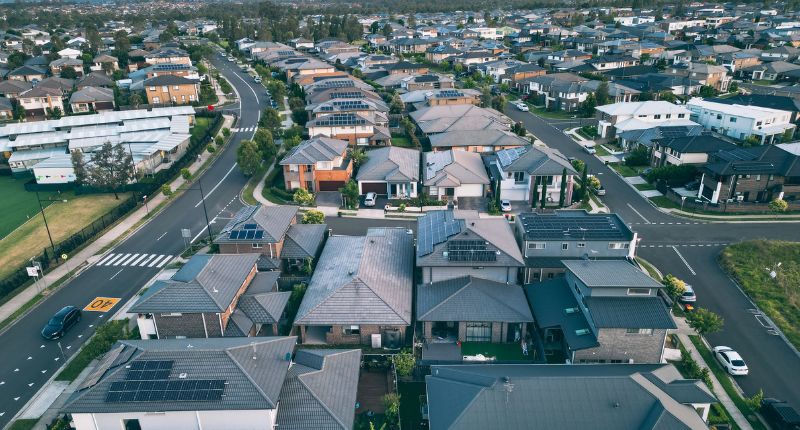
- Units in leafy Caulfield in Victoria predicted most likely to see price growth
- Several Queensland and Western Australia unit markets also predicted to see growth
- All growth locations featured falling inventory, tight days on market, affordable prices
Despite property prices softening across the country a number of unit markets are expected to buck the trend and grow in value according to a new report.
Well Money Green Shoots Report found that tight supply and strong demand driven by better affordability are putting upward pressure on unit prices in certain areas of the country.
Units in Caulfield in Victoria were predicted to be the most likely to see price growth in the next 12 months by the report.
The Caulfield unit market has a median price of $750,000 and has seen a 55 per cent drop in listings over the past three months.
The leafy, family-oriented suburb has lots of appeal to buyers and still offers an affordable price for units compared to houses.
The other unit markets that are likely to see short-term capital growth were predominately based in Queensland and Western Australia.
The report predicts there will be future growth in the unit markets in Mount Hawthorn, Ferndale, Redcliffe and Ballajura in Perth as well as Mooloolah Valley, and Clinton in Queensland.

Supply and demand imbalance
Well Money CEO Scott Spencer said there were notably fewer suburbs showing signs of imminent price growth in the January 2023 quarter than the October 2022 quarter.
“Property markets are cooling throughout Australia, so, right now, it’s much easier to find locations where prices are likely to fall than rise,” Mr Spencer said.
“That said, there are some markets in which the data is pointing in the opposite direction – towards near-term price rises.”
Mr Spencer said the locations that were likely to grow in the future all featured a combination of falling inventory levels, tight days on market affordable median prices.
Low supply levels coupled with buyer demand mean there will be upward pressure on prices, he said.
Mr Spencer said, “When inventory levels are falling, that means buying conditions are becoming harder – in other words, that the balance of power is tipping towards vendors.
“When days on market are falling, that means buyers are snapping up properties faster, generally in response to stronger competition.
“When inventory levels and days on market are turning in favour of vendors, they generally sense the mood and start increasing their asking prices” he said.







